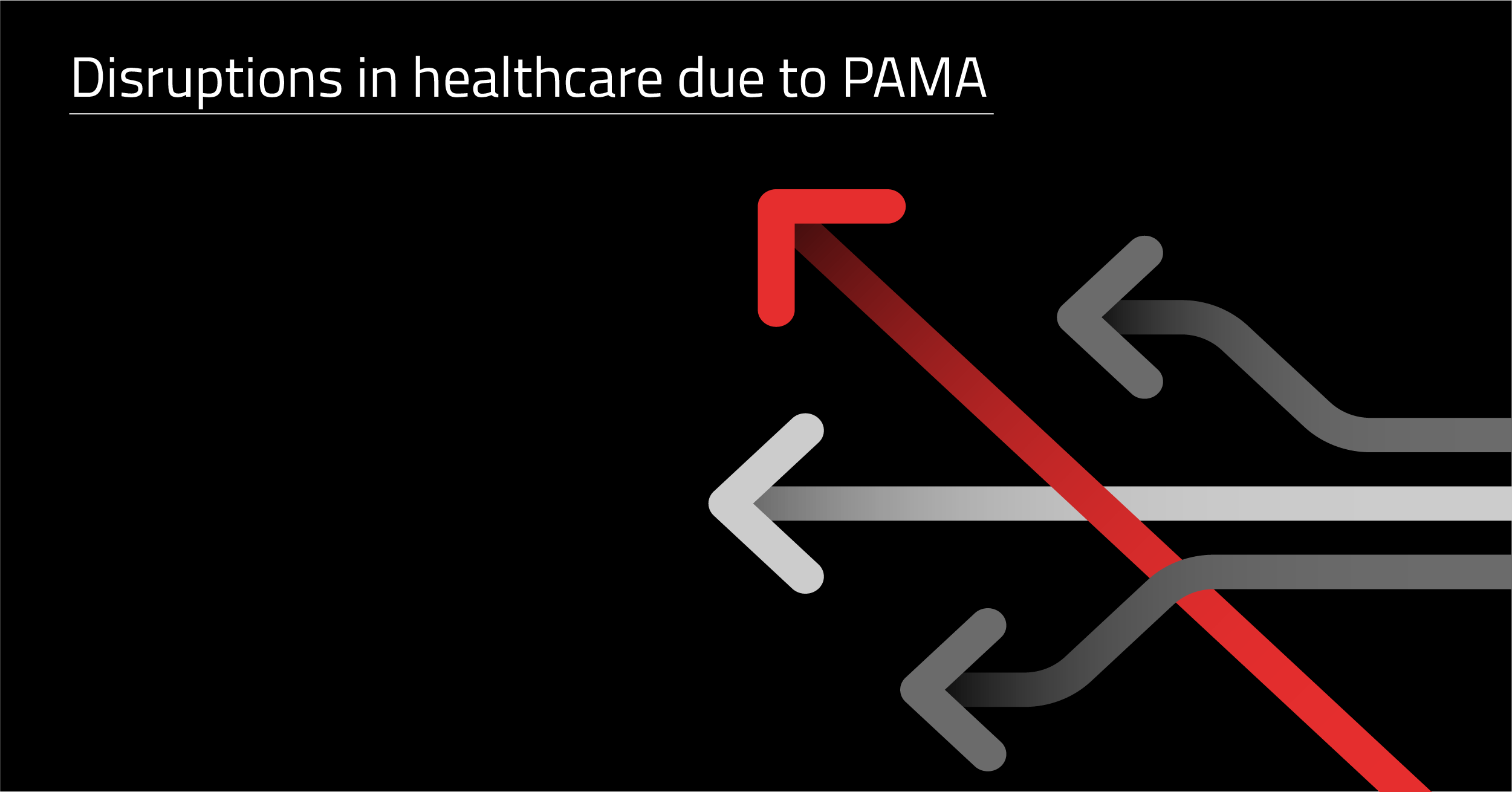
Disruptions in healthcare due to PAMA
The US healthcare industry is governed by stringent, ever evolving regulations and the onus is on healthcare providers to balance compliance and care. With the recent updates to PAMA – the Protecting Access to Medicare Act 2019 – the industry, which is already dealing with rising costs, faces greater challenges.
According to a survey by Quest Diagnostics, 80% of healthcare executives are unaware of the law and not prepared to meet its impact.
What do these regulations mean for hospitals and labs?
The new laws issue directives on how to record and report billing data to CMS. It also introduces changes in the definition of applicable laboratories. However, the biggest disruptor comes from restrictions in the reimbursements of lab tests by CMS.
PAMA reduces payments for lab tests by 10%. Such deep cuts in lab test fees can plunge community labs into loss as their profit margins are as low as 3 to 4%. Providers will also be charged hefty penalties for failing to report relevant billing data, and inaccurate, or irrelevant reporting.
The tech answer
The bottom line is that healthcare auditing has gotten tougher. This demands the use of sophisticated IT, statistical and analytics tools for improved compliance and care. By meeting these disruptive forces with the right technological capabilities, healthcare providers can build alternate value driven business and service models.
These regulatory changes call for collaboration between experts, regulators, healthcare outsourcing companies and other major players in the field. By collaborating to provide innovative lab testing services, labs can recompense the impending drop in lab test prices.
A healthcare outsourcing company with domain expertise can help ensure increased returns through cross selling and up selling your healthcare services, but more importantly by leveraging technology to simplify a tiresome manual process. A model built on peer learning, information exchange, and collaboration can alleviate common pain points such as data integration and analytics.
Weathering these regulatory storms may seem like a daunting task, but technology and collaboration can see you through to calmer shores, and with greater endurance.


